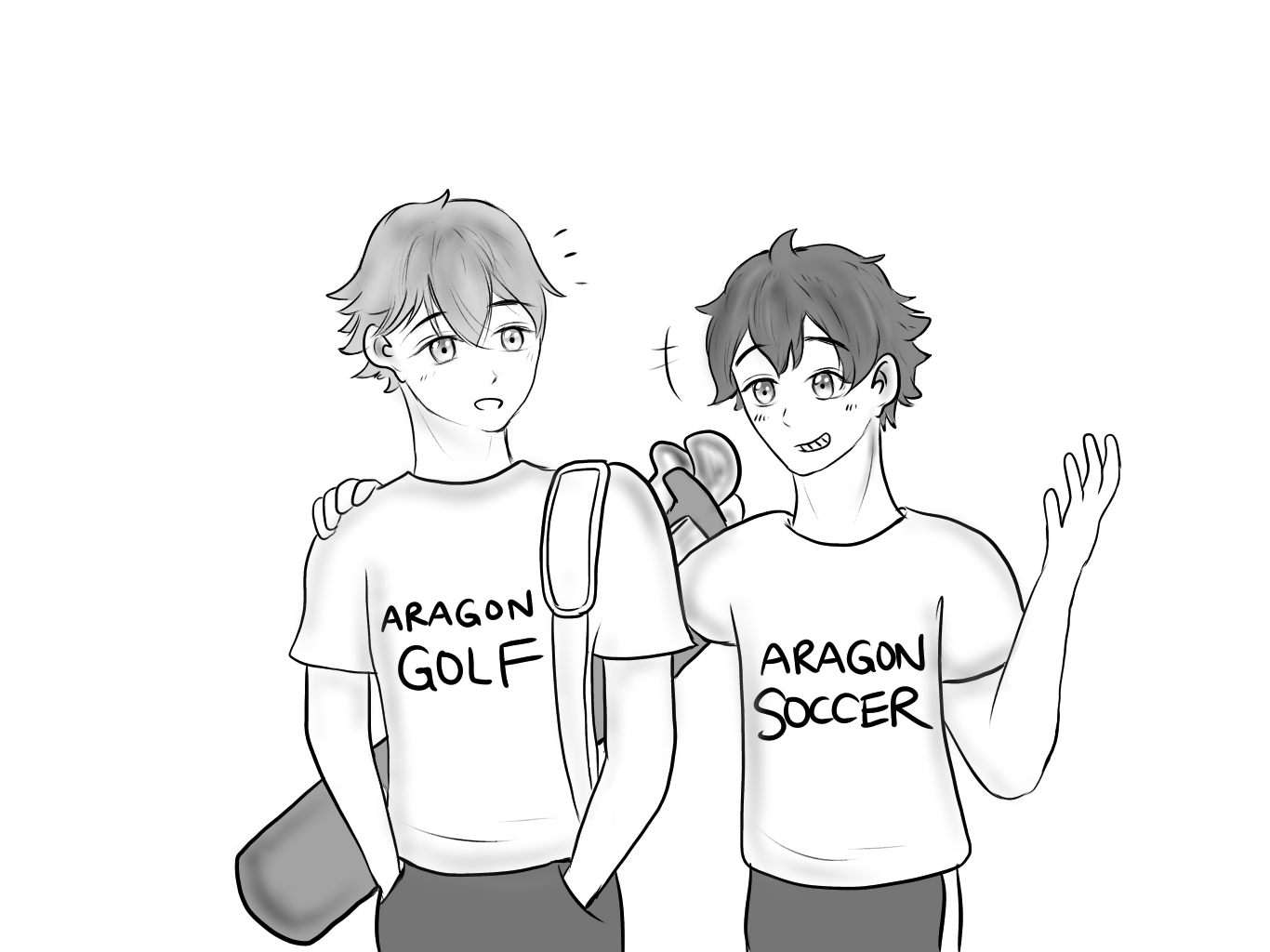

In America and many other countries, people are divided into social classes based on wealth, education and occupation. The five main classes are the upper, upper-middle, middle, working and lower class.
These social classes have different values that translate into preferences for different sports. For example, the upper class is more inclined to play non-contact sports such as golf or tennis, while the middle and lower classes tend to play sports that focus on teamwork, toughness and risk-taking such as football or boxing. These rougher sports are called prole sports.
Some sports are also associated with wealth. For instance, in golf, an athlete would need to pay for clubs and other equipment as well as greens fees or country club membership fees. On the other hand, to play soccer at a basic level, all that is required is a soccer ball and goals. Even then, goals are usually provided at public parks.
Athletics are a large part of student life at Aragon, and the administration is working to make all sports accessible to anyone.
“[The school district pays] for all the basic equipment, so that there’s no financial barriers to entry for any kid to play any sport,” said athletic director Steve Sell. “There’s not a kid on this campus who can’t play a sport because they can’t afford it.”
As a result of this, the teams at Aragon are diverse in social backgrounds.
“I would say we’re an extremely diverse team,” Sell said. “That’s one of the great things about [football]. When I played here and since I’ve been coaching here, we have kids from every neighborhood, every socioeconomic, ethnic, everything. It’s a true melting pot.”
A specific sport that has its roots in the upper class is golf. Cities have been making strides to make golf cost less overall by creating public courses, but the price of quality clubs may rack up a large bill. However, at Aragon, golf is still within reach for most people.
“I have my own sets of clubs, and over the course of the years that I’ve used myself and then loaned out to players,” said golf head coach Guy Oling. “We’ve had alumni, fellow teachers and my grandfather who’s not playing anymore, so I just got two sets. We do provide those things because it’s more costly than buying a pair of track shoes.”
Economics in sports have been a major talking point among pros. Born in a middle class family, Tiger Woods emerged as a young golf star in a sport dominated by the upper class.
“There’s a stigma that [golf] is a poshy, rich person sport,” Oling said. “Part of that group may be in that realm, but a good portion of the people nowadays are working class folks. I mean, Tiger Woods kind of brought it to the forefront with somebody coming from middle class Southern California.”
Despite the various barriers of entry for some sports, social class is not an impenetrable wall stopping people from succeeding. Nowadays, large youth clubs are able to provide financial aid to deserving athletes thanks to members and corporate donations making any kid’s dream possible.
Heisman trophy winner and quarterback for Louisiana State University Joe Burrow came from Athens, Ohio. Despite growing up in a poor area and being surrounded by struggling families, Burrow was able to succeed with a lot of effort and hard work.
“Coming from southeast Ohio, it’s a very impoverished area and the poverty rate is almost two times the national average,” Burrow said in his Heisman trophy acceptance speech. “There’s so many people there that don’t have a lot and I’m up here for all those kids in Athens and Athens County that go home to not a lot of food on the table, hungry after school. You guys can be up here, too.”
No matter the social class, athletes find a way to succeed at their sport through grit, hard work and determination.



